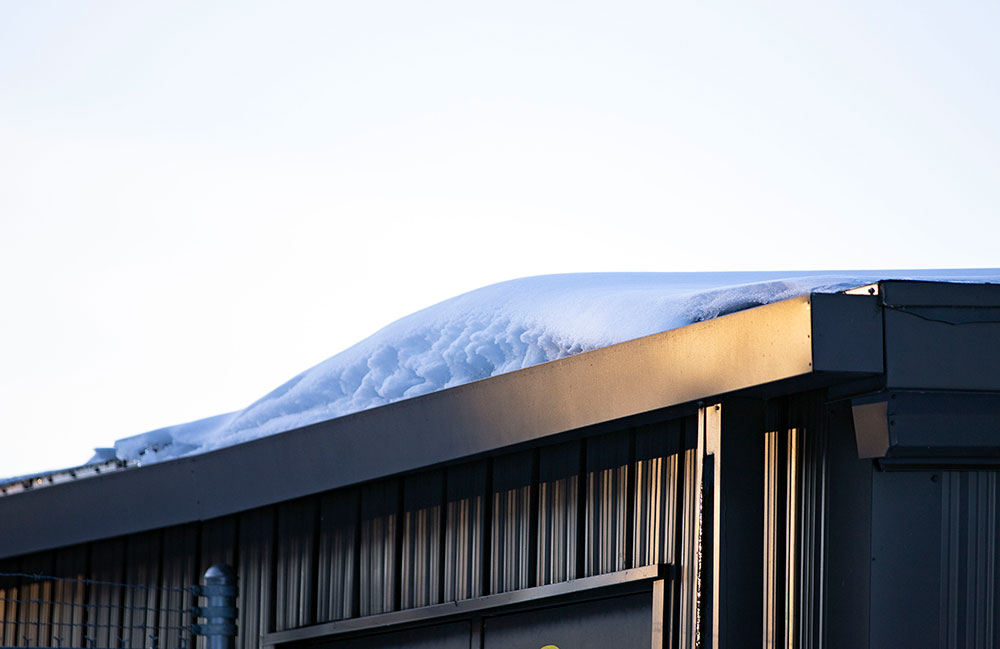Regular winter inspections and proper maintenance can help keep your manufacturing business safe.

Keep costs from going through the roof by staying proactive this winter.
Many regions—and businesses—are impacted by winter hazards each year. And even with December and January behind us, there’s a chance your business’s location is still awaiting its snowiest month in February, March, or April.
Between the risk of roof collapse, slippery walkways, and unsafe road conditions, now is a good time to circle back to your winter preparedness plans. What follows are a list of mid-winter reminders I’ve gathered, which account for the common winter challenges I’ve observed as a safety consultant for Sentry Insurance.
Roofing problems for your business can be both dangerous and costly. By this point, your facility has likely accumulated heavy snow, increasing the weight on your roof. Add in the fact that more snow is expected in the weeks ahead, and you may have a recipe for roof failure.
Having the right property insurance can go a long way, however your policy may not cover these potential costs:
Fortunately, regular roof inspections and proper maintenance can help keep your business safe and your costs down. Below are high-level strategies that should be followed year-round.
In the time between official roof inspections, you can stay proactive by scheduling inspections of your facility where you or your staff look for common warning signs.
The earlier you spot and repair warning signs, the more costs you’ll save your business down the road.
Like your roof, ice and snow pose equal hazards on the ground. This is usually seen in the form of slips, trips, and falls on your business’s property or walkways. You can reduce these risks by creating a snow and ice removal plan that outlines company expectations.
A snow and ice removal log can also be a useful tool for managing frequency. This can include dates, times, and the names of who removed snow or ice. Additional details can include: the methods used to reduce winter hazards, the area of the facility where removal was completed, and notes of warning signs that were observed.
Finally, with the unexpected, and often hazardous nature of winter storms, now is the time to encourage employees to maintain a safety-first approach to travel. Because conditions can change quickly while employees are traveling for your business, reference OSHA’s winter emergency kit to confirm your team has the necessary backup items in their vehicle.
If travel is deemed unsafe due to weather conditions, remind employees of the policies and options that are available. Depending on your manufacturing operations, these may include:
Your manufacturing business is unique, and so are the weather events it faces. Therefore, these recommendations are best when combined with the latest input from your insurer and local experts. By taking winter hazards seriously now, you’ll help protect your facility, equipment, and employees heading into spring.

Thomas Mizel
Thomas Mizel, MS, CSP, CIEE, COEE is a senior safety consultant for Sentry Insurance. Sentry provides insurance, retirement products, and risk management solutions for businesses, including manufacturers. You can reach Thomas at Thomas.Mizel@sentry.com.
In this episode, I sat down with Beejan Giga, Director | Partner and Caleb Emerson, Senior Results Manager at Carpedia International. We discussed the insights behind their recent Industry Today article, “Thinking Three Moves Ahead” and together we explored how manufacturers can plan more strategically, align with their suppliers, and build the operational discipline needed to support intentional, sustainable growth. It was a conversation packed with practical perspectives on navigating a fast-changing industry landscape.